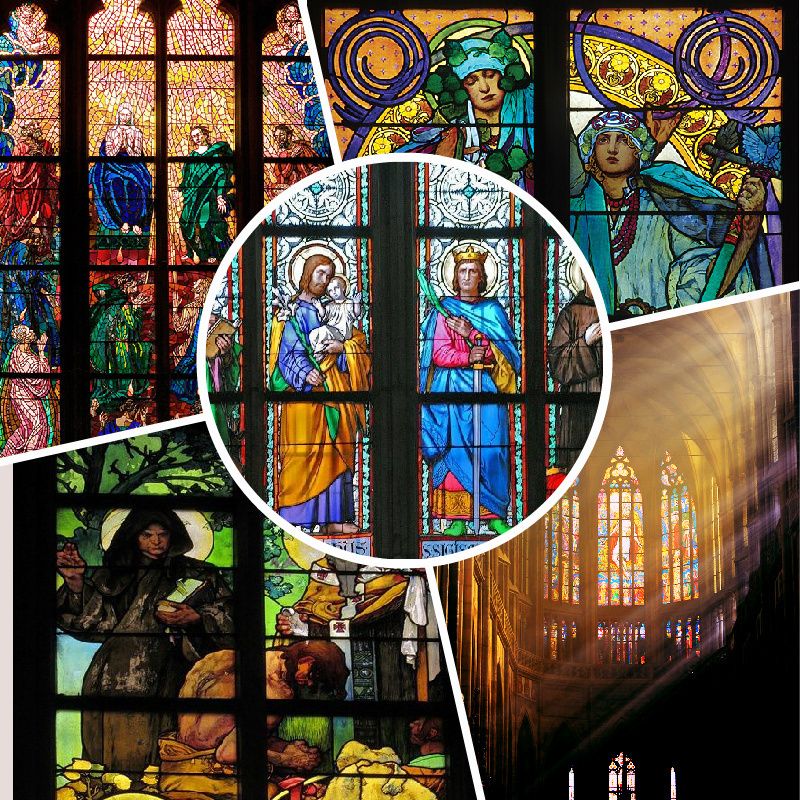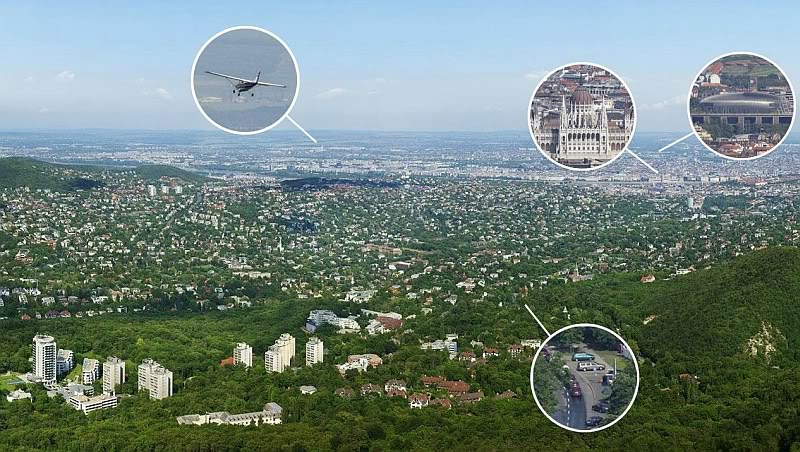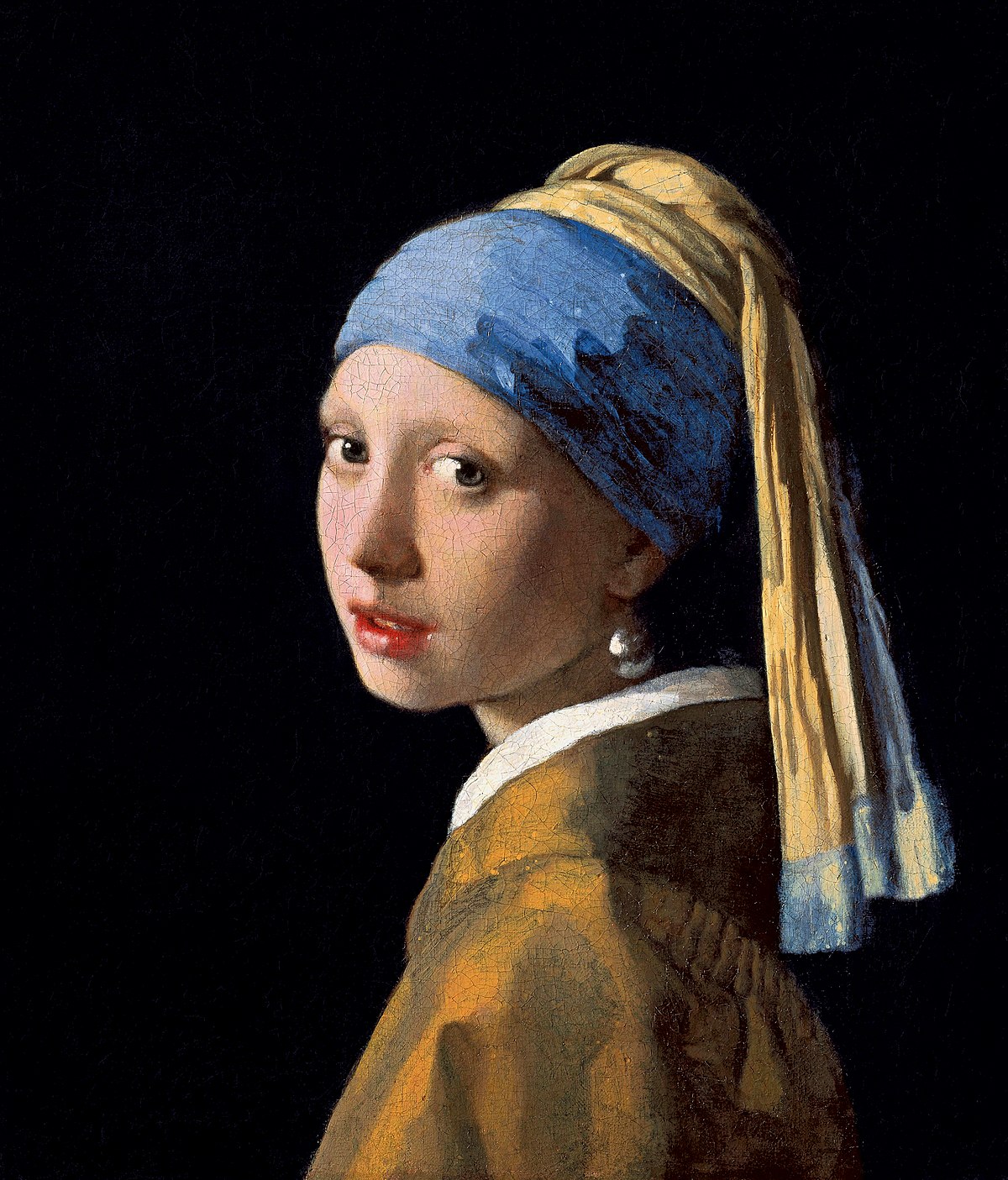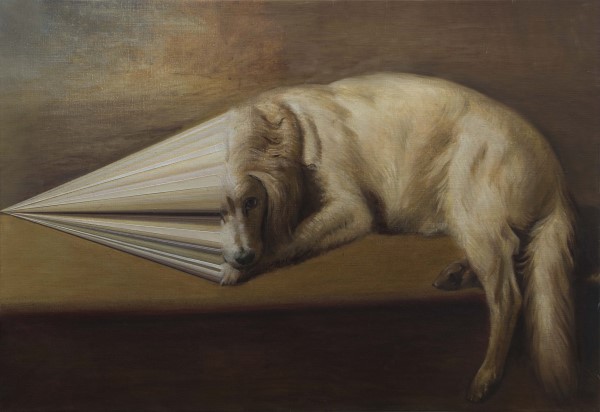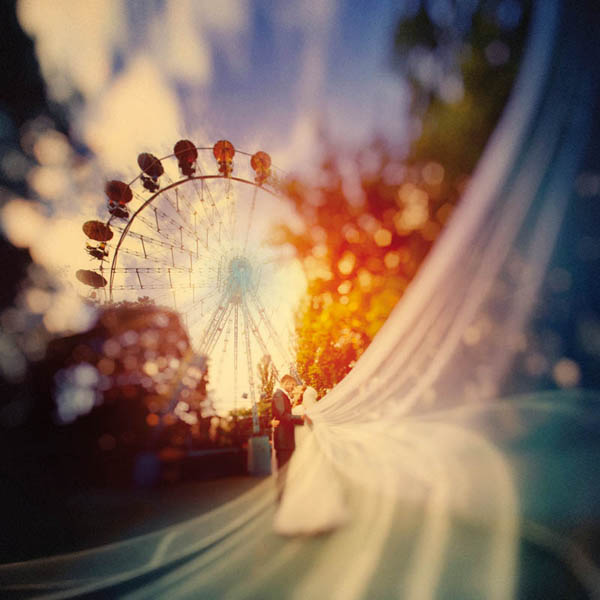DANCING PAINTS OF FABIAN OEFNER
 Swiss photographer Fabian Oefner (Fabian Oefner) is experimenting with color photography to capture the invisible wonders of natural phenomena.
Swiss photographer Fabian Oefner (Fabian Oefner) is experimenting with color photography to capture the invisible wonders of natural phenomena.
Fabian Oefner became interested in photography as a teenager, turning his bedroom into a real laboratory: he shot drinks cans to photograph how they explode. Parents are not always inspired by such experiments, but now Oefner earns a living from this: he is an art photographer. Blurring the boundaries between the worlds of art and science, Fabian creates amazing new images.
Oefner recently had to release his former studio: “In the end, it looked like one great work by Jackson Pollock,” he says. “The studio could have been sold as a work of art, but the owner insisted that I repaint it.” It was in this studio that he made his color experiments. According to Oefner, the results are “explosions of color” that create a stunning effect, drawing the viewer’s attention to “magic in everyday things.”
For his Liquid Jewel series (“Liquid Jewel”), Oefner painted special balloons with various colored acrylic paints, and then made them burst. Because of the air pressure in the exploding balloon, the colors began to shift from the balloon and mix with each other in the most exciting way. To capture this spectacle on camera, Oefner connected the microphone with a flash so that the impulse of the exploding balloon was caught on the microphone and transmitted to the flash. The speed of flashes “freezes” the movement of particles and paint in a balloon with an accuracy of a millisecond. “The only alternative way to achieve the same effect would be to use a high-speed camera,” he says.
For his work Black Hole (“Black Hole”), Oefner sprayed paint on a metal rod attached to a drill. The drill then set this rod in motion, rotating at high speed, and the paint flew off the rod under the influence of centrifugal force. This technique is similar to that used for Liquid Jewel, when something is being photographed that is happening at such a high speed that the human eye cannot fix it. In this case, the microphone each time records the sound of the drill on. For this work, Oefner used the Zeiss Distagon T * 1.4 / 35 to capture all the spectacle at an average distance. He sought to keep the lens aperture within the ideal f / 6.3 — f / 10 range in order to achieve the best resolution.
In “Dancing Colors”, Oefner makes sound waves visible, allowing colored salt crystals to “dance” on the dynamics. The vibrations of the sound waves cause the salt crystals to move up and down, creating different shapes and shapes depending on the tone and frequency. To capture the exact moment when the crystals bounce into the air, Oefner connected the microphone to the flashes in a completely dark room. This meant that he could leave the shutter open for a few seconds, which gave him time to turn on the player connected to the speaker. To capture this series, he used the Zeiss Makro-Planar T * 2/100 to capture the little dancing salt crystals with maximum clarity.
“Colors serve as visual lures,” says Oefner. “Many people think that science is beyond their understanding, but they can, nevertheless, see the world around them. If they are attracted to my pictures, they will want to know more about what exactly is imprinted on them. ” Therefore, he chooses fairly simple physical phenomena that, in turn, create stunning effects; reaching them, he makes his pictures even more charming.
“Zeiss lenses use sensor to the max, with really sensational clarity. It is such a pleasure to view the image on the monitor at one hundred percent scale! ”, Oefner shares his impressions. “If I am going to invest so much time and effort into the project, I want the lens to be of the highest quality. With Zeiss, I can be sure that I will not have to endure lens defects or mechanical problems. I can just continue with the actual task of shooting. ”
